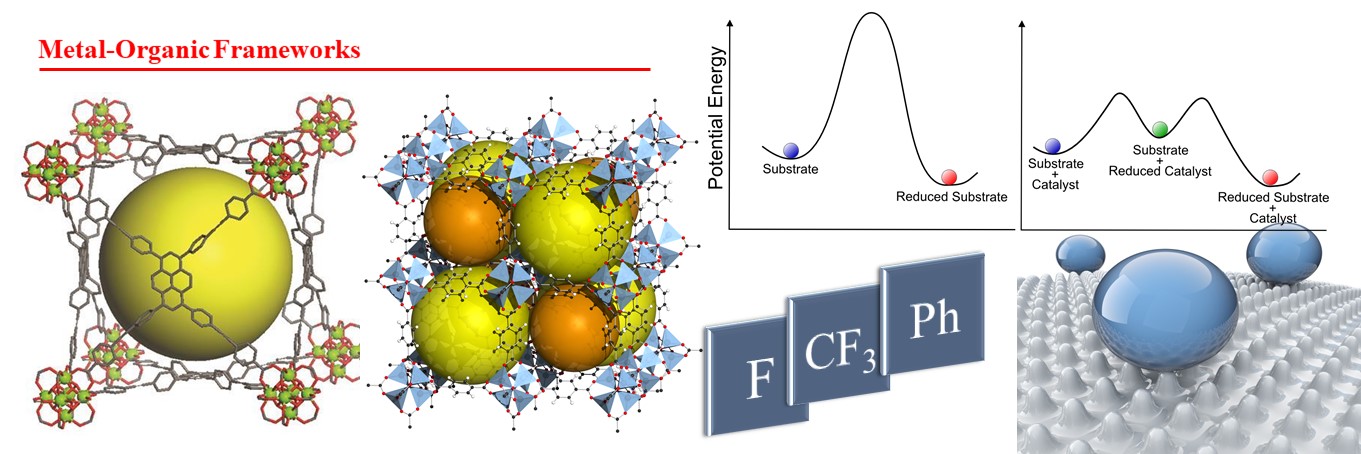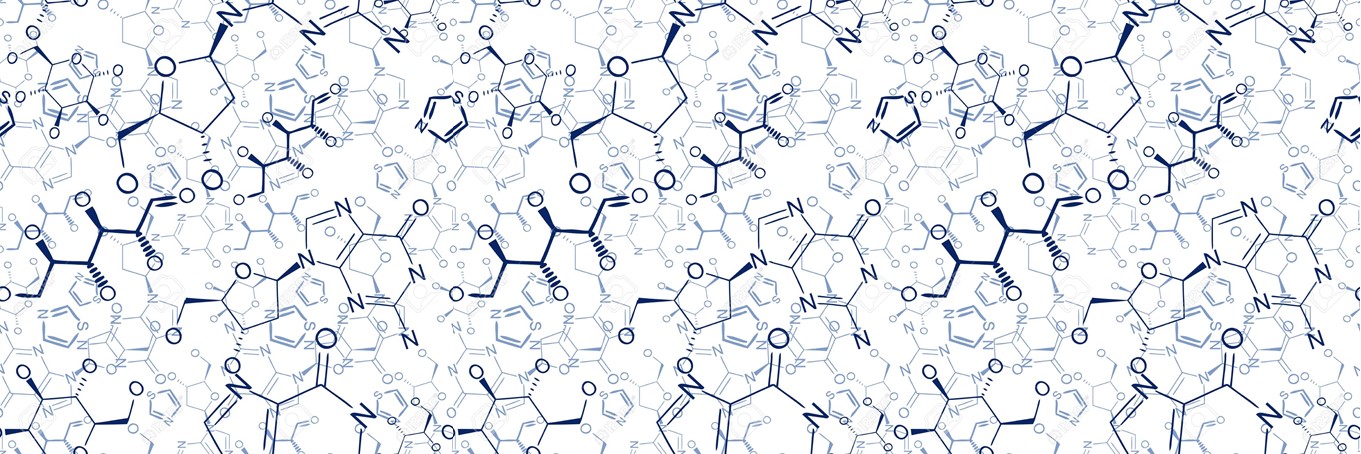Research
 |
|
Energy Storage 1. Development of Novel Cathode Active Materials for Li-ion Batteries
By synthesizing LiFePO4, NMC and its derivatives, inorganic lithium-containing compounds, researches are carried out on its use as cathode active substance in Li-ion batteries.
2. Organic Polymer-Based Cathode Active Materials (Organic Batteries)
Li-ion batteries in the market contain cathode active compounds such as LiFePO4, NMC, LiMnO2. However, besides the advantages of such compounds, they also have disadvantages in terms of charging time, discharge capacity and safety. At this point, organic polymers based cathode active compounds offer low charge times, high discharge capacity and high safety. Researchers are developing new organic polymers as cathode active materials in Li-ion batteries. Therefore, I have new ideas for developing efficient organic compounds.
3. Development of High-Voltage Cathode Active Materials
Li-ion batteries constitute an important part of our modern life. All electronic devices use Li-ion batteries. However, due to the voltage range of 3.2 V to 3.6 V, they cannot deliver high energy. Thus, there is an enormous need for high voltage Li-ion batteries, so fluorine-containing cathode active materials are important in this field. In this regard, new inorganic compounds containing fluorine can be developed.
4. Li-air Battery Research
Li-air batteries offer a new future in this regard, as they offer 10 times more specific energy capacity than Li-ion batteries. However, these batteries are still in the research phase but have not taken their place in the markets. One of the most important researches on this subject is on the catalysts that convert the oxygen molecule to the oxygen molecule-ion. Thus, the development of new catalysts is important in this regard. Therefore, the use of new inorganic compounds as catalysts stands out as an important issue.
|
 |
|
Synthesis and Applications of MOF Compounds MOF compounds are a class of compounds formed by coordinating metal ions with organic ligands. Generally, they can be used in many applications due to their highly porous structure. Our research group conducts research on the synthesis and characterization of such new compounds and their use in applications such as catalysts, Li-air batteries, superhydrophobic surfaces. |
 |
|
Organic Synthesis 1. Radical Cyclization Reactions by Using Transition Metals
By using manganese (III) acetate, which is synthesized electrochemically, dihydrofuran derivative compounds containing different substituents are obtained by radical cyclization reactions with single electron transfer. The characterization of these compounds is elucidated using FTIR, MS, NMR, elemental analysis and advanced NMR techniques (2D). Such compounds show biological activity and are notable for their antibacterial and antiviral properties.
2. Synthesis of Biologically Active Dihydrofuran Compounds
Dihydrofuroquinoline and Dihydrofurocoumarin compounds are widely found in nature. Synthesis of these compounds is difficult and complex. However, using Manganese (III) acetate, they can be synthesized radically easily and with high efficiency. There is a long way to go when it comes to the single-step synthesis of these compounds and to study their anti-viral, anti-fungal and anti-histaminic properties.
3. Synthesis of Trifluormethyl Substituted Dihydrofuran Compounds
Fluorine-containing compounds are used in many branches of industry, especially as insecticides. Synthesis of trifluoromethyl substituted dihydrofuran compounds using manganese (III) acetate is quite easy and can be carried out in one step.
|